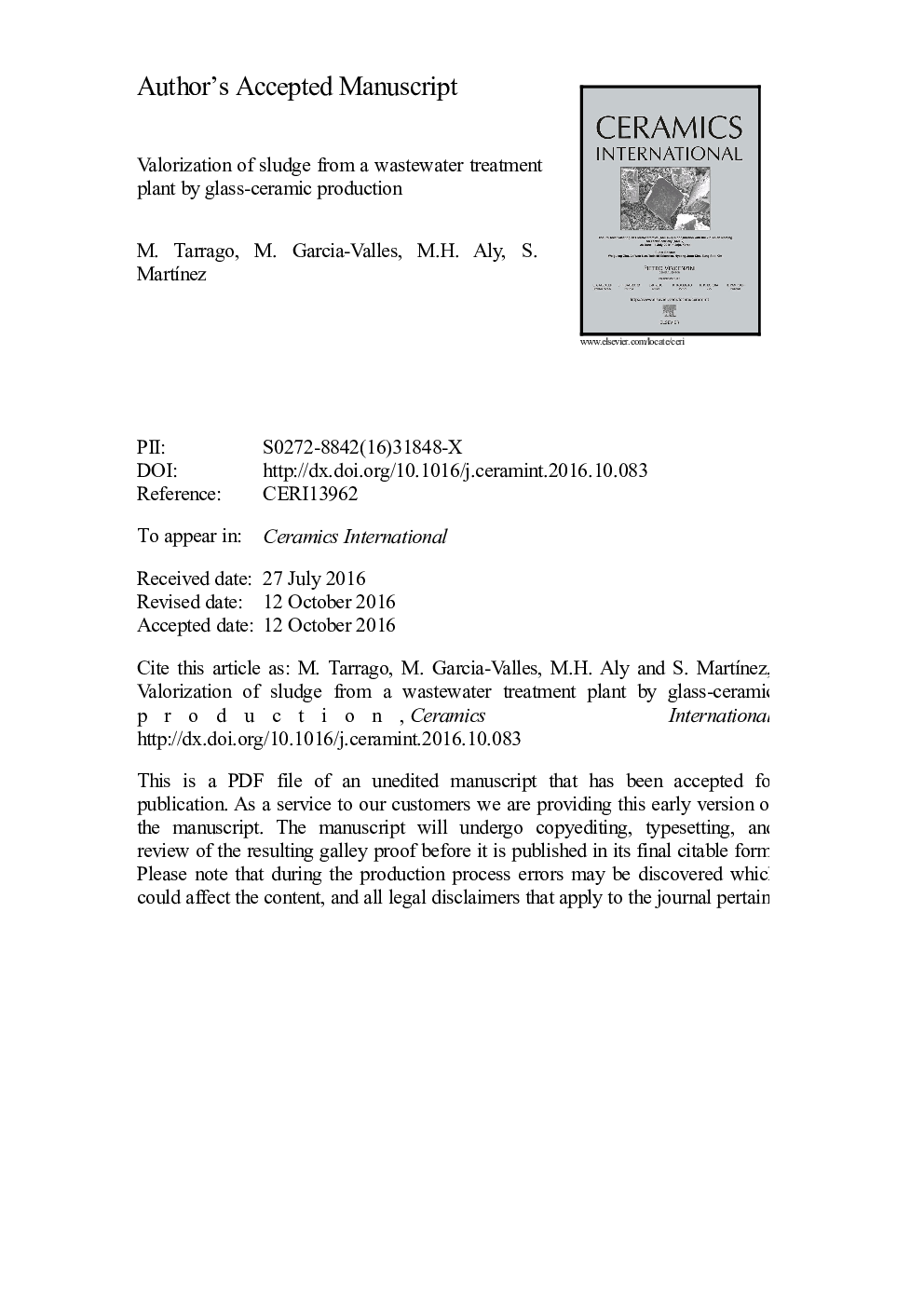| Article ID | Journal | Published Year | Pages | File Type |
|---|---|---|---|---|
| 5439150 | Ceramics International | 2017 | 28 Pages |
Abstract
The study of the nucleation and crystal growth of a glass made from sewage sludge is the base for the production of a new glass-ceramic material to render the potentially harmful elements of the sludge inert. Two mineral phases crystallize during thermal treatments of sludge glass: magnetite (starts growing below 700 °C and up to above 1000 °C) and plagioclase (starts growing at 850 °C and up to 925 °C). Magnetite is present either as individual crystals or as polycrystalline aggregates. Plagioclase grows as individual crystals reaching sizes up to 250 nm. During devitrification, magnetite is initially intergrown with plagioclase and then it is expelled to the grain boundaries at temperatures above 800 °C. In the glass-ceramic, plagioclase aggregates (90 wt%) longer than 50 µm are intergrown with magnetite crystals (10 wt%) of less than 1 µm in diameter. The concentrations of potentially toxic elements in both the glass and the glass-ceramic leachates are low enough for them to be considered inert.
Related Topics
Physical Sciences and Engineering
Materials Science
Ceramics and Composites
Authors
M. Tarrago, M. Garcia-Valles, M.H. Aly, S. MartÃnez,
